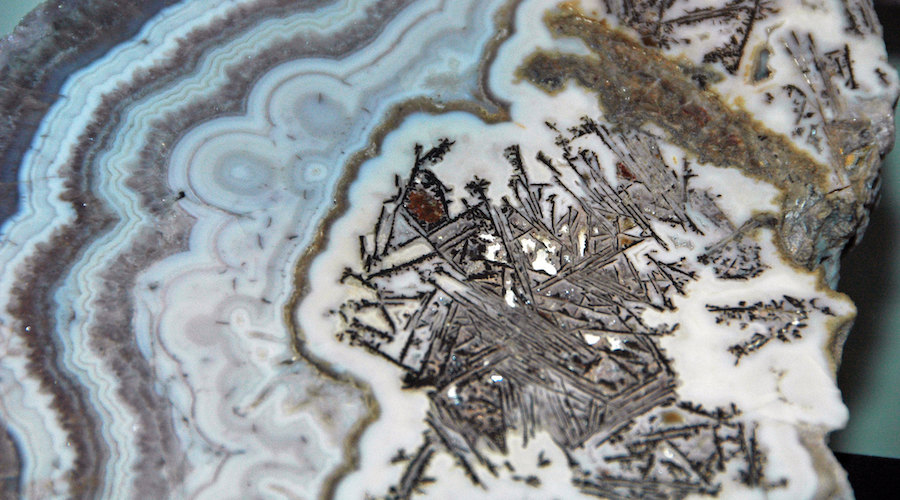
In a paper published in the Canadian Journal of Earth Sciences, the team explained that a lagerstätte is a deposit of exceptionally preserved fossils that sometimes includes fossilized soft tissues, or in this case fossilized worm dung.
The fossils that they found date back to the Cambrian geologic period, more than 500 million years ago. Today the site sits in a cold, mountainous area but in the Cambrian period, it was located near the equator and submerged under the ocean.
The worm feces found there remained almost intact because they had been preserved in burrows the creatures dug up deep under the ocean.
After analyzing the coprolites under a scanning electron microscope the researchers found carbon, pyrite and aluminum silicates, which are commonly deposited in the type of rocks they were looking at. However, they were surprised when they also noticed the presence of elemental silver.
After the discovery, they examined the surrounding rock for elevated amounts of silver and found some, but not enough to account for the big blobs of silver found in the coprolites.
“If you look at silver deposits, usually you find other elements associated with silver, like lead and zinc,” Julien Kimmig, lead author of the study, said in a media statement. “We didn’t see elevated amounts of these elements at our site, so there were different mechanisms at work behind the creation of this deposit compared to ore deposits. The Mackenzie Mountains have some rich ore deposits, and there are several mines in the region, but none has a composition of elevated silver without elevated levels of another metallic element.”
The role of bacteria
To make sense of their findings, Kimmig and co-author Brian Pratt began looking at studies of how bacteria can extract gold and silver from mine drainage as well as from natural habitats. They found that silver formation has also been linked to bacteria, fungi and algae. Thus, the researchers soon realized that microbial activity likely played a large part in the accumulation of silver in the coprolites.
“We likely had the poop first, then we had some bacteria or algae growing on the poop, and some of those were likely leaching silver out of the water column,” Kimmig said. “To form the biggest piece of silver we found, which measures 300 micrometres, the microbial colony must have been a relatively decent size.”
For comparison, the width of a human hair is roughly 17 to 180 micrometres. This means that 300 micrometres of silver seen under a microscope stands out, especially given the low amounts of silver in the surrounding rock.
The researchers think the silver either came from the water column or, more likely, brine from the bottom of the ocean.
According to Kimmig, some modern organisms — like certain bacteria, fish and oysters — can live with a degree of elevated silver levels in the environment, but it’s still extremely toxic, and the metabolic systems dealing with this are poorly understood. Some modern microorganisms are useful in extracting noble elements like silver and gold, and scientists have observed similar behaviour in the geologic past with bacteria and iron deposits, but they had yet to observe these processes through the geologic past in relation to silver.
“Seeing in the Cambrian period that microorganisms were somehow able to accumulate silver suggests that it’s a much older trait than what we might have thought beforehand when we just looked at modern microorganisms that do it,” the paleontologist said. “It might also indicate that while fluid flow plays a big role in the formation of ore deposits, some ore deposits might have had bacterial help, and these microorganisms could have played a major part in creating some of our bigger silver or gold deposits in the geologic past.”




